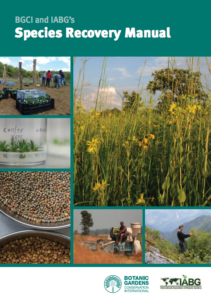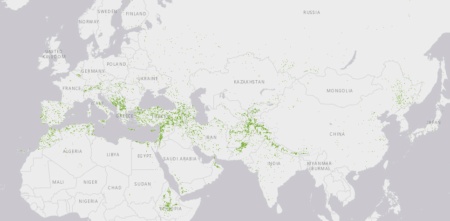 The Species Recovery Manual is just out, thanks to Botanic Gardens Conservation International (BGCI) and the International Association of Botanic Gardens (IABG).
The Species Recovery Manual is just out, thanks to Botanic Gardens Conservation International (BGCI) and the International Association of Botanic Gardens (IABG).
Species recovery involves many different disciplines and actors, and responsibility for it at a national level is often unclear, given that it cuts across different ministries and agencies. After various consultations, it was felt by BGCI and IABG that it would be valuable to produce a manual that would clarify the aims and purpose of species recovery, set out the various steps involved, and indicate good practice. This manual is aimed specifically at conservation practitioners but also includes comprehensive bibliographic references, which enable more in depth reading on the topics covered in this publication. The manual includes chapters and case studies from members of the Ecological Restoration Alliance of Botanic Gardens.
Lots of great advice on everything from planning to seed sampling strategies to community participation.
